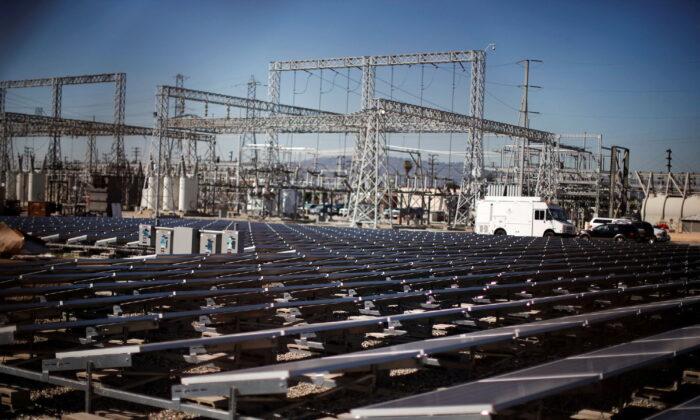California imposes similar restrictions on carrying a concealed handgun. If the New York law is ruled unconstitutional, that likely also would blast away California’s similar restrictions. Although the court is unpredictable, so nothing is definite until the final wording is released.
A big problem with such state restrictions on concealed carry is their arbitrary nature toward honest, law-abiding citizens. (Not at issue is whether criminals can carry concealed weapons; bans on that would remain in place.)
In California, county sheriffs decide who can and cannot get a permit. The rules vary greatly. The liberal coastal county sheriffs generally impose tight restrictions, while rural inland sheriffs generally allow anyone who is a law-abiding citizen, and takes a gun safety course, to be granted a permit.
But the restrictions also vary with the sheriff. The late Sandra Hutchens, while sheriff of Orange County from 2008-19, was highly restrictive. But her successor, Don Barnes, ran and won in 2018 on a platform of advancing gun rights. He recently wrote on his personal website, “In my view any law-abiding citizen who seeks a permit has the right to have one issued.” He said that, since he became sheriff, the Orange County Sheriffs’ Department has issued more than 10,000 permits to residents; Orange County’s population is 3.2 million. “Not one person has misused their permit.”
That’s generally the experience across the country. As research the past 20 years by John Lott and other gun scholars has shown, almost all permit holders use guns responsibly. If they don’t, the first thing that happens is they lose their right to a permit.
In the case before the Supreme Court, President Biden was represented by Brian Fletcher, the principal deputy solicitor general of the United States, who argued for the New York law. Chief Justice John Roberts asked, “When you’re looking for a permit to speak on a street corner ... why do you have to show in this case, convince somebody, that you’re entitled to exercise your Second Amendment right?”
Fletcher responded that a “demonstrated need” was consistent with the Second Amendment.
Roberts then said, “I’m not sure that’s right. … [R]egardless of what the [Constitutional] right is, it would be surprising to have it depend upon a permit system.”
Roberts made a crucial point: We don’t let county sheriffs interpret the Second Amendment rights to speech, religion, the press and assembly. The sheriffs only enforce the laws guaranteeing those rights.
Racist New York Gun Law
Something interesting also was brought up by Lott, a former senior advisor for research and statistics at the U.S. Justice Department and currently the head of the Crime Prevention Research Center. He cited “the racist history of concealed carry prohibitions prevented blacks from being able to protect themselves.” That included the New York law.But, Lott noted, Luttig “doesn’t even try to address the fact that the same court that made that decision was the same court that made the infamous Plessy v. Ferguson. That decision is one of the most racist decisions ever by the Supreme Court.
Guns vs. the KKK
As America has been having a discussion about race the past several years, seldom has it been mentioned how essential guns were to blacks defending their own rights during the Jim Crow era. Ken Blackwell a few years back wrote a column highlighting this little know history.He wrote, “In his 2004 book, The Deacons for Defense: Armed Resistance and the Civil Rights Movement, Tulane University history professor Lance Hill tells their story. Hill writes of how a group of southern working class black men advanced civil rights through direct action to protect members of local communities against harassment at schools and polling places, and to thwart the terror inflicted by the Ku Klux Klan. He argues that without the Deacon’s activities the civil rights movement may have come to a crashing halt.”
Soon we’ll see if the Supreme Court agrees that all our rights are secure only when they can be defended by a free people themselves keeping and bearing arms—including in California.





